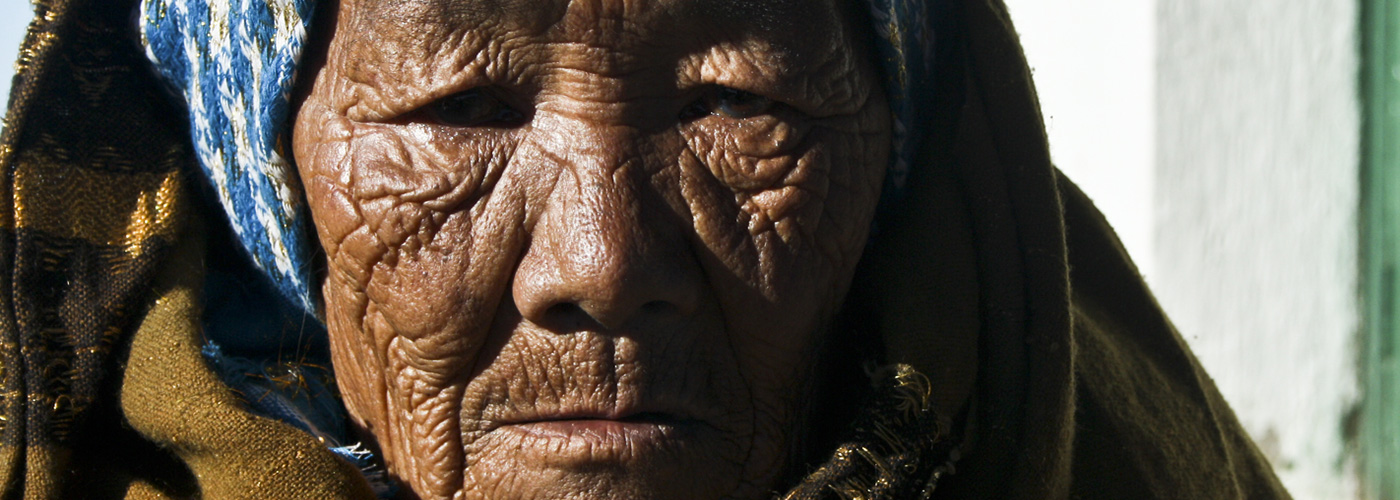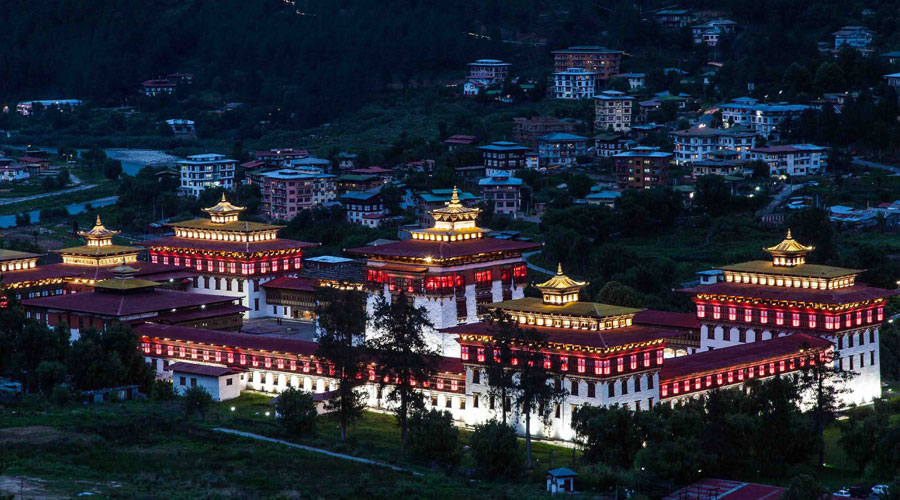Kalimpong: A Hidden Gem in the Eastern Himalayas
Kalimpong, a charming hill town in West Bengal, is a perfect destination for those seeking a peaceful retreat in the Himalayas. Once part of the Darjeeling district, it became a separate district in 2017. Kalimpong is known for its stunning landscapes, vibrant cultural heritage, and laid-back atmosphere, making it an excellent alternative to the more crowded Darjeeling and Gangtok.
Why Visit Kalimpong?
Kalimpong offers breathtaking views of the Kanchenjunga range, serene monasteries, colonial architecture, and lush flower nurseries. Whether you're a nature lover, a history enthusiast, or an adventure seeker, Kalimpong has something for everyone.
Best Things to See and Do in Kalimpong
1. Colonial Heritage and Architectural Marvels
Kalimpong retains a strong colonial influence, visible in its grand bungalows and historic schools. Some must-visit landmarks include:
-
Morgan House – A beautiful colonial mansion, now a heritage hotel.
-
Crockety and Galingka – Built by British wool traders, these colonial-era homes still stand as remnants of Kalimpong’s past.
-
Dr. Graham’s Home – A 500-acre school campus founded in 1900 by a Scottish missionary, offering a glimpse into Kalimpong’s educational legacy.
-
St. Theresa Church – A fascinating church designed in the style of a Tibetan Gompa, with intricate wood carvings depicting Biblical scenes.
2. Deolo Hill – The Highest Point in Kalimpong
Standing at 5,413 feet, Deolo Hill offers breathtaking 360-degree views of Kanchenjunga, the Teesta Valley, and the hills of Sikkim. Key attractions here include:
-
Sherpa View Point – A stunning viewpoint overlooking the Teesta River.
-
Durga Mandir and Hanuman Park – Home to a massive 30-foot Hanuman statue, an ideal spot for photography and spiritual seekers.
-
Deolo Park – A beautifully landscaped area with pony rides and scenic picnic spots.
3. Durpin Dara Hill – A Panoramic Escape
Located on the southern edge of Kalimpong, Durpin Dara Hill is one of the best spots for panoramic views. Highlights include:
-
Zong Dog Palri Fo Brang Monastery – A sacred Tibetan monastery housing rare Buddhist scriptures.
-
Army Golf Course – The highest golf course in West Bengal, offering an exquisite mountain view.
-
Expansive Views – On a clear day, you can see Tiger Hill, Kurseong, and even Siliguri in the plains below.
4. Kalimpong’s Renowned Flower Nurseries
Kalimpong is a paradise for floriculture enthusiasts. The town produces 80% of India’s gladioli, along with exotic orchids, roses, and cacti. Popular nurseries include:
-
Pine View Nursery – Home to the largest collection of cacti in Asia, with over 1,500 varieties.
-
Universal Nursery – Famous for orchids, amaryllis, and succulent flowers.
-
Standard Nursery – Known for its exquisite roses.
5. Monasteries – A Spiritual Haven
Kalimpong’s serene monasteries offer insight into Tibetan Buddhism. Notable ones include:
-
Thongsha Gompa – The oldest Bhutanese Monastery, built in 1692.
-
Durpin Monastery (Zong Dog Palri Fo Brang) – Houses sacred Buddhist scriptures brought by the Dalai Lama.
Where to Stay in Kalimpong?
Kalimpong offers diverse accommodation options:
-
Luxury Stays – The Elgin Silver Oak, a heritage property offering colonial charm.
-
Mid-Range Hotels – Includes West Bengal Tourism lodges like Morgan House and Tashiding.
-
Budget Hotels & Homestays – A variety of budget-friendly stays in and around the town.
Getting to Kalimpong
Kalimpong is well-connected by road and easily accessible from:
-
Bagdogra Airport (67 km, 2.5-hour drive)
-
NJP Railway Station (72 km, 3-hour drive)
-
Darjeeling (55 km, 2.5-hour drive)
-
Gangtok (75 km, 3-hour drive)
For hassle-free taxi booking from Siliguri to Kalimpong, call our transport support number: +91 97330 68080.
Best Time to Visit Kalimpong
Kalimpong is a year-round destination, but each season offers a unique experience:
-
Spring & Summer (March – June) – Pleasant weather with blooming flowers.
-
Monsoon (July – September) – Lush greenery, though occasional landslides may occur.
-
Autumn (October – November) – Clear skies and the best mountain views.
-
Winter (December – February) – Crisp air, chilly nights, and occasional snowfall in nearby higher altitudes.
Why Kalimpong Should Be Your Next Travel Destination
Kalimpong is an offbeat yet mesmerizing destination in the Eastern Himalayas. Its breathtaking views, rich history, vibrant culture, and serene monasteries make it a perfect escape for those looking to unwind amidst nature. Whether visiting for a short getaway or including it in your Sikkim-Darjeeling tour, Kalimpong will surely leave you spellbound.
Plan your trip to Kalimpong today and explore the hidden beauty of the Himalayas!
Humro Tours
-
Address:19 MN Sarkar Road, Mahananda para, near Sevoke More, Siliguri 734001 ,Siliguri, Darjeeling, State : West Bengal, Country : India. PIN : 734001
-
Call Us at:
+919733000592; 9733000594; 9733300676; 9733300686 -
Mail Us:
info@easthimalaya.in
Top Popular Packages

Kalimpong Darjeeling Pelling Gangtok (7 Days)
2N Darjeeling - 1N Kalimpong - 1N Pelling - 2N Gangtok explore
Darjeeling, Gangtok and North Sikkim in 8 days
2N Darjee;ing - 3N Gangtok - 1N Lachen - 1N Lachung explore









